Researchers using NASA’s Chandra X-ray Observatory discovered that super novas can pose greater dangers to nearby planets than previously believed. X-rays from a super nova’s blast wave interacting with dense gas could harm planets’ atmospheres from as far as 160 light-years away.
This newly identified threat highlights the potential for super novas to disrupt planetary environments long after the initial explosion.
Supernovas and X-ray Emissions
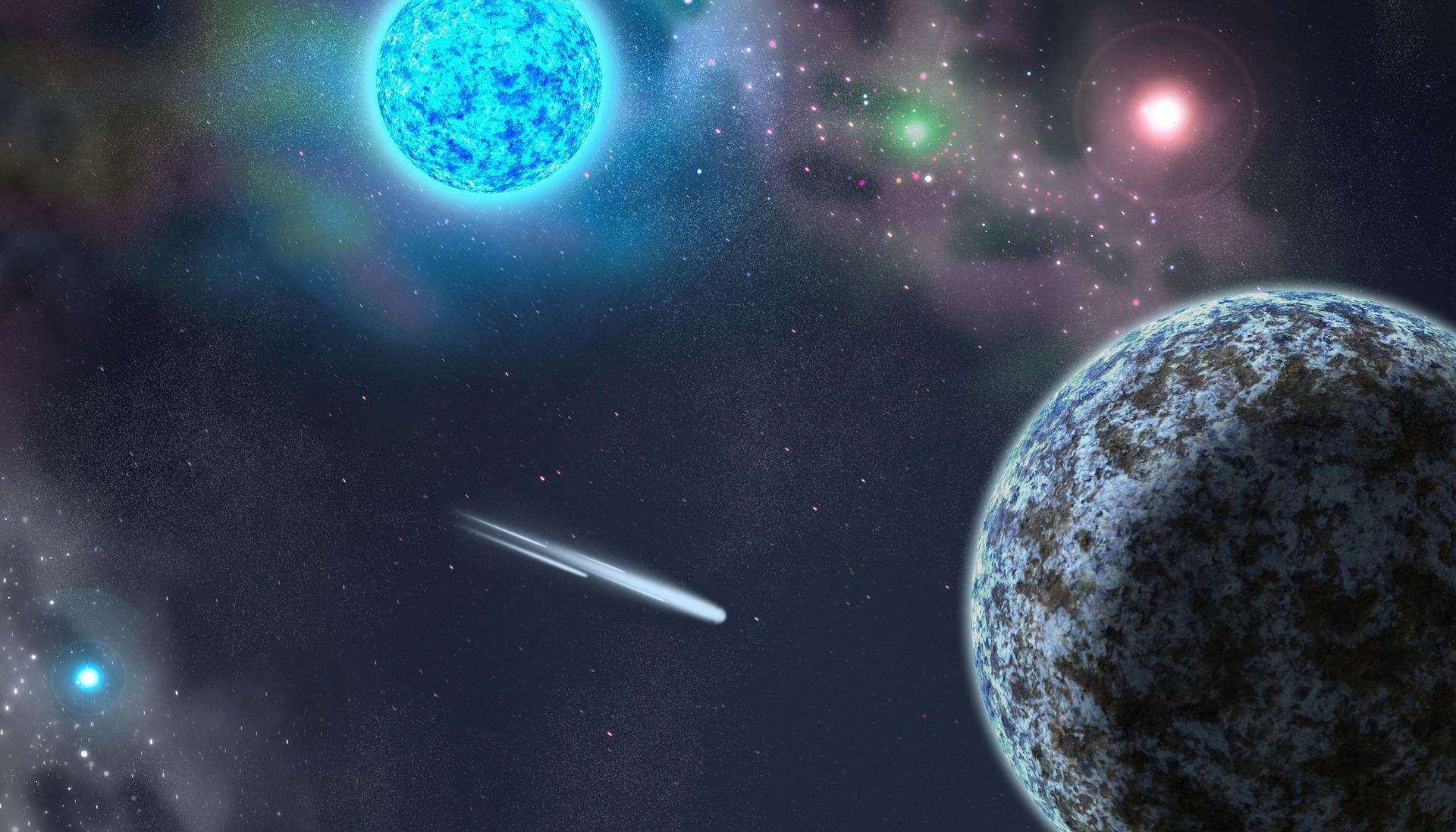
While most studies focus on the immediate aftermath of a super nova, this research shows that X-rays emitted months to years later can be just as dangerous, lasting for decades.
These X-rays can strip away protective atmospheric layers, particularly the ozone, making planets vulnerable to harmful radiation from their stars.
Potential Impact on Life

If an Earth-like planet were to experience prolonged exposure to these X-rays, it could lead to the extinction of species, especially marine organisms crucial to the food chain.
This discovery adds to the understanding of how cosmic events might trigger mass extinction events on planets.
Earth’s History with Super Novas

Although Earth is currently safe from such threats, evidence suggests that super nova explosions occurred near Earth between 2 and 8 million years ago. These explosions likely influenced Earth’s atmospheric and biological conditions.
These cosmic events may have impacted Earth’s evolutionary history in ways we are only beginning to understand.
The Local Bubble
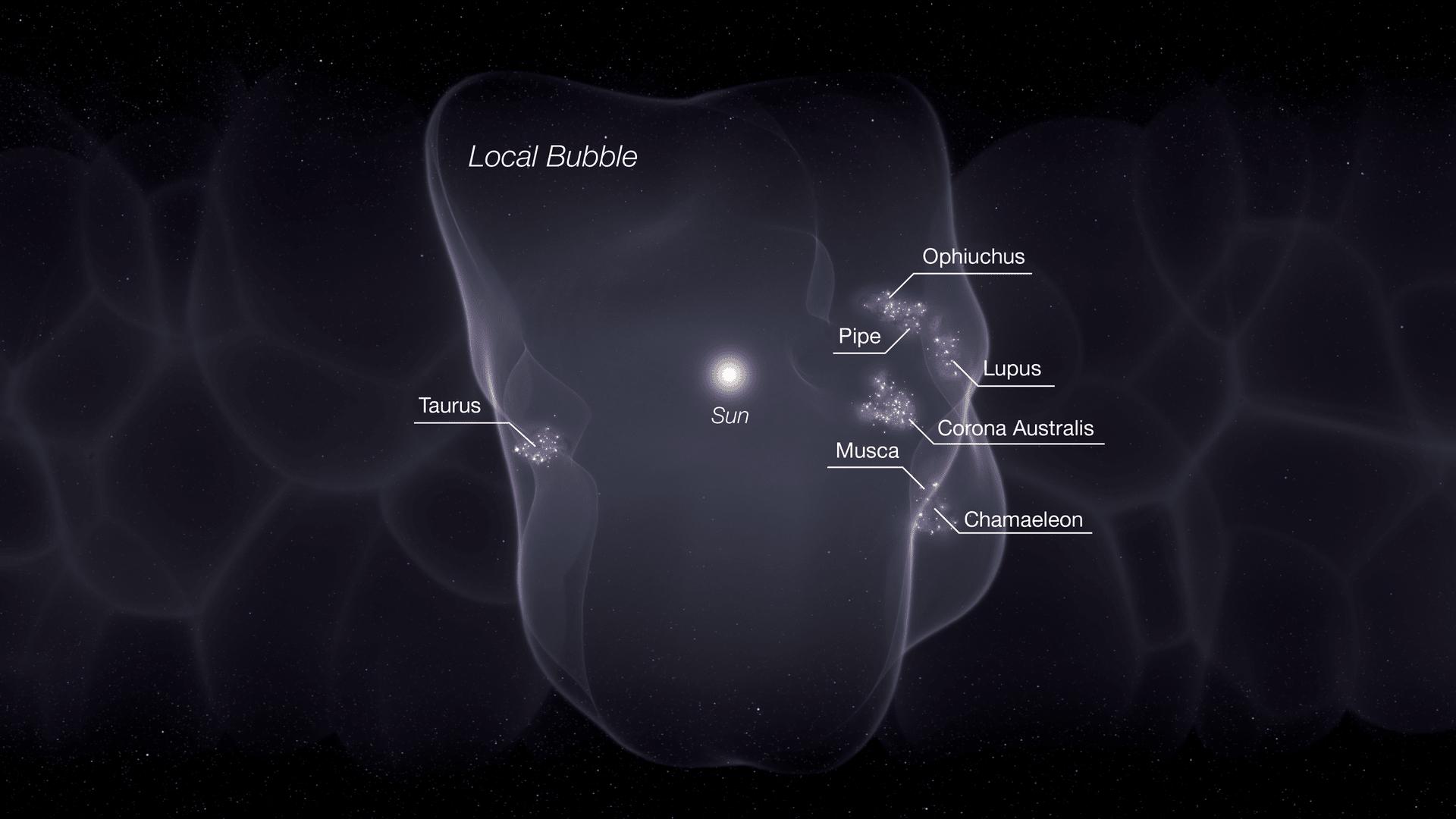
Earth is located in the “Local Bubble,” an expanding region of hot gas surrounded by cooler gas. This bubble formed from super nova explosions about 14 million years ago, placing Earth at a higher risk during that period.
This unique region may have shaped the solar system’s development by protecting it from future super novas.
Expanding the Galactic Habitable Zone

The discovery of these X-ray dangers may redefine the Galactic Habitable Zone—the area in the Milky Way where conditions are favorable for life. Super novas shrink these habitable areas, potentially making life rarer than previously thought.
This raises questions about the distribution of life across the galaxy.
The Importance of Follow-Up Observations
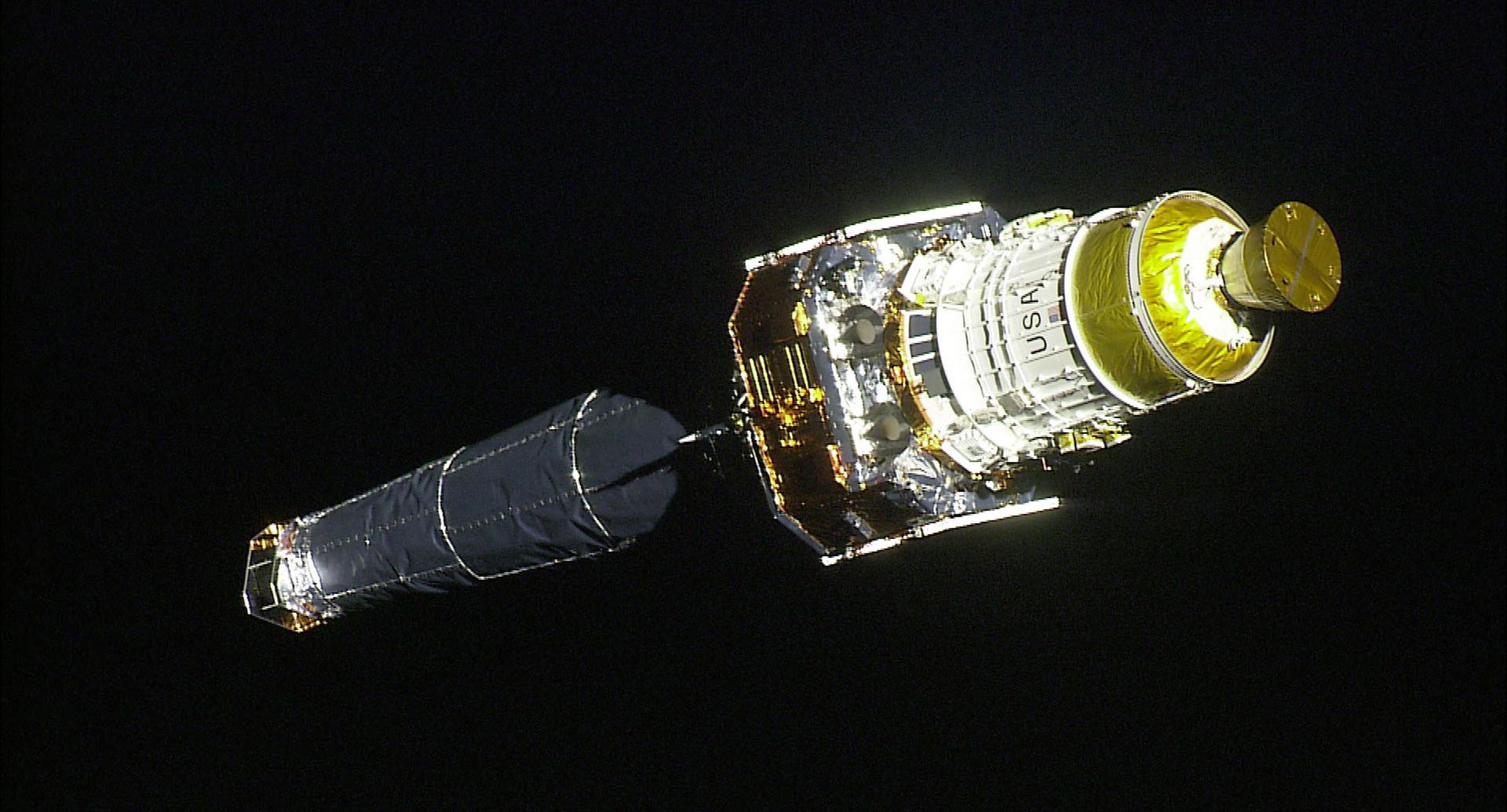
To better understand these X-ray dangers, researchers advocate for extended observations of super novas interacting with their surroundings, using Chandra and other X-ray telescopes.
These observations could provide new insights into the lifecycle of stars and their broader impacts on planetary systems.
Interdisciplinary Significance
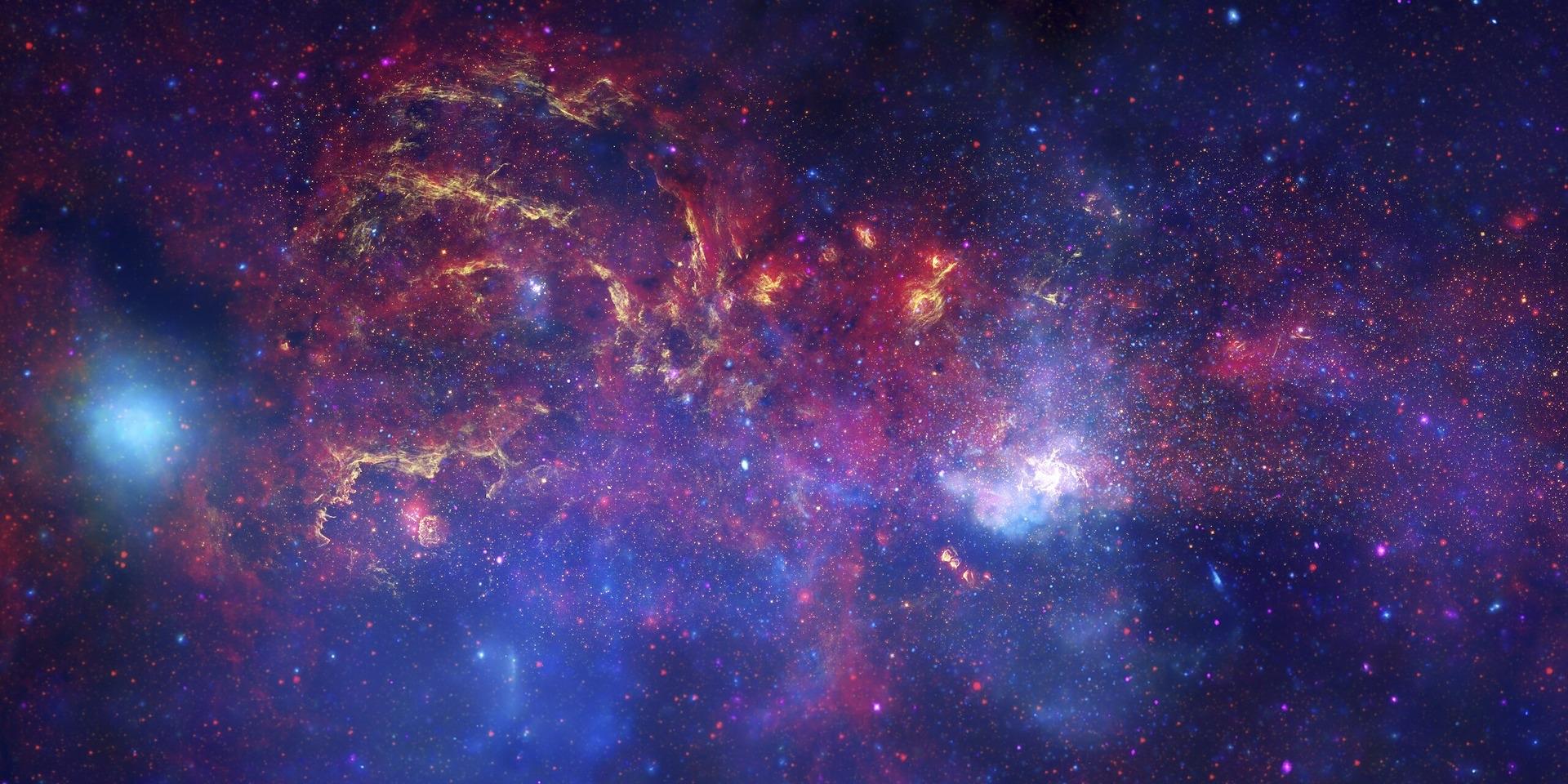
The findings are important not just for astronomy but also for fields like astrobiology, paleontology, and Earth sciences. Understanding super novas’ impact on life could help scientists better understand extinction events and the conditions for life on other planets.
The research encourages collaboration between different scientific disciplines to explore the effects of cosmic events on life.
Implications for Astrobiology
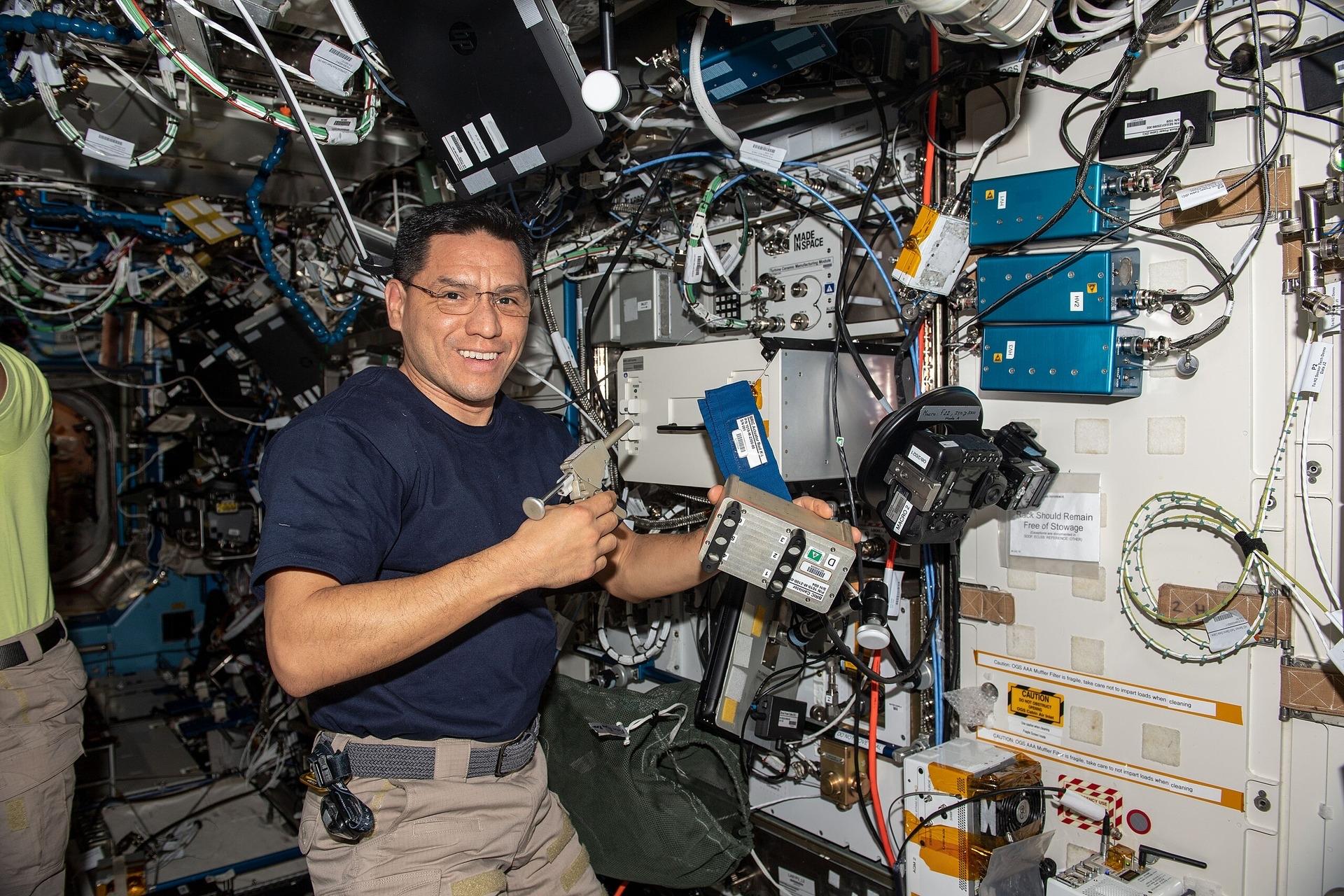
This study offers new perspectives for astrobiology, the study of life beyond Earth. Planets that may have once been considered habitable could be reassessed based on their proximity to past or potential future super novas.
This raises critical questions about the survival of life in regions of the galaxy once thought to be safe.
Ongoing Research
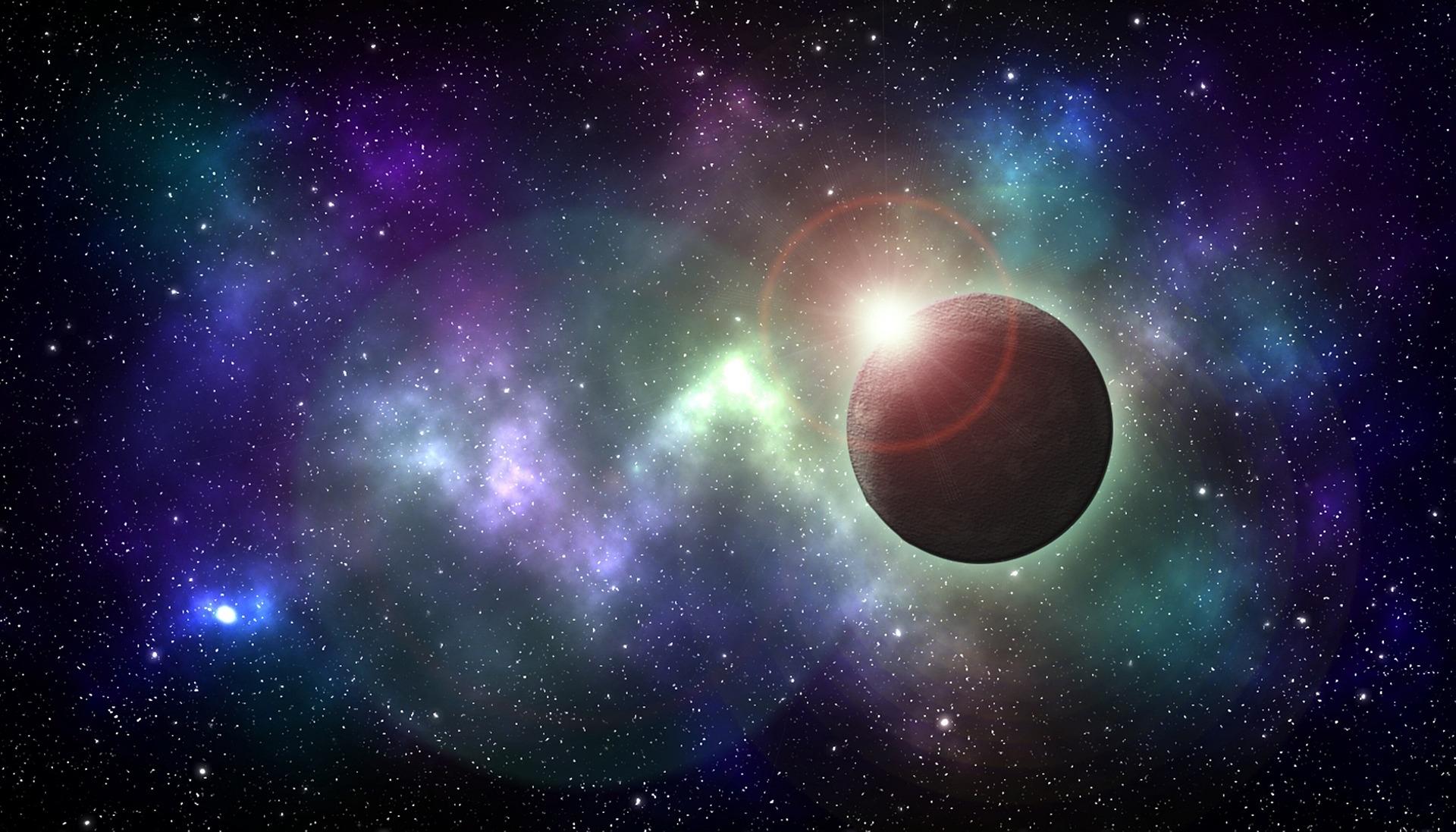
The ongoing study of super novas and their effects will continue to reshape our understanding of cosmic threats to planets. Future research could reveal more about how these explosions influence the evolution of life throughout the universe.
As researchers gather more data, humanity’s understanding of the cosmos and its dangers will deepen.

